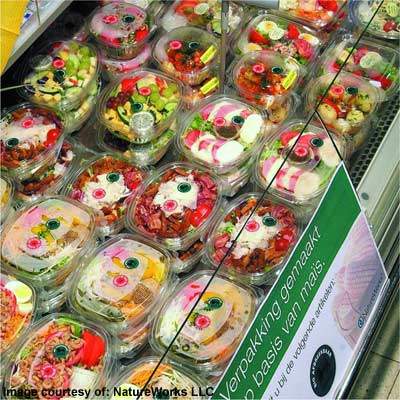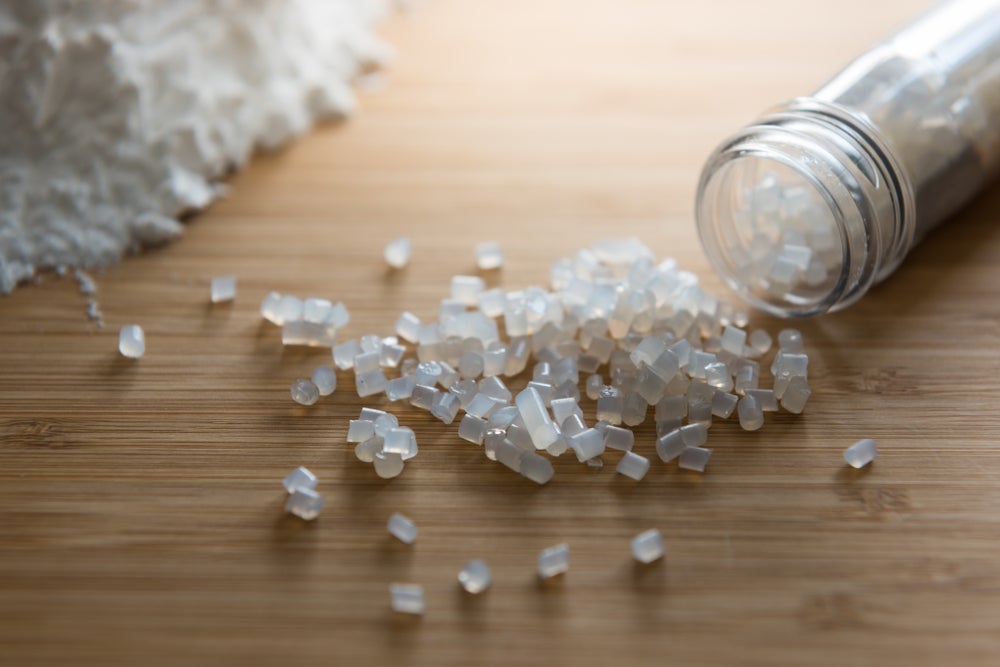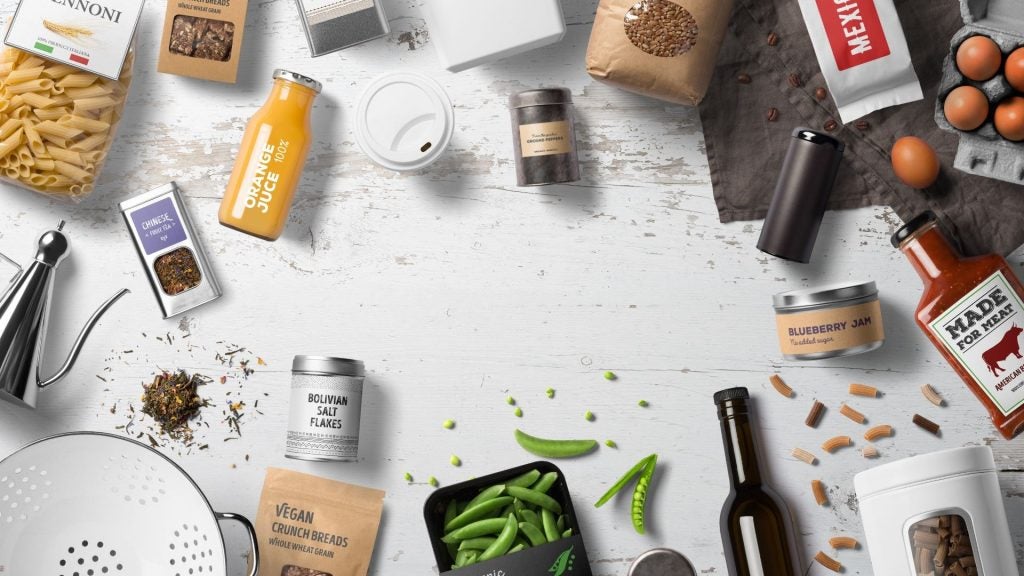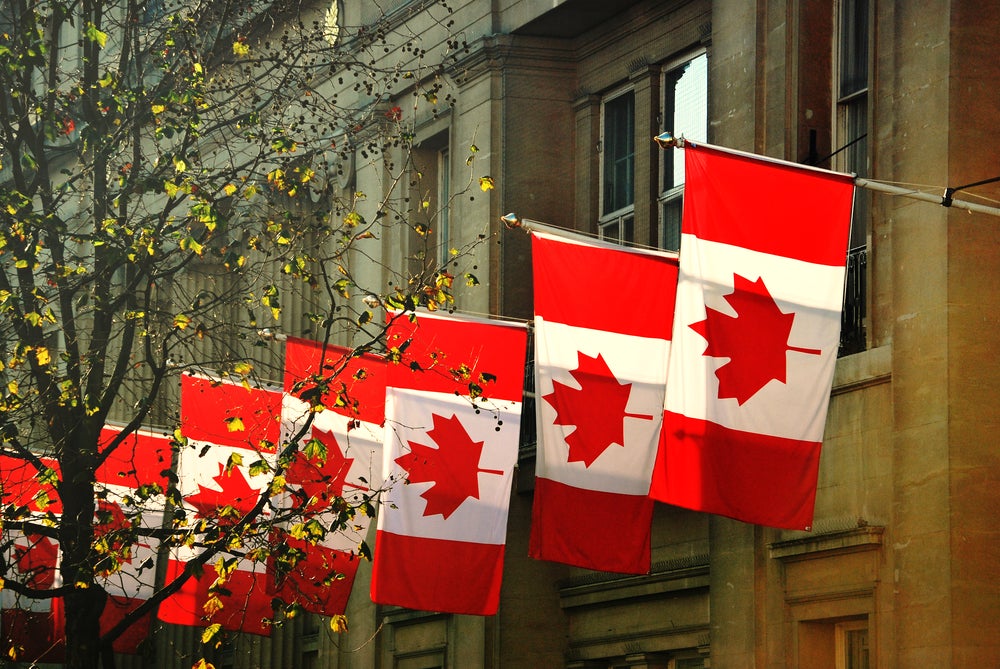
Current anxiety around climate change and CO2 emissions gives us the impression that the energy sector, fuel and transportation are the only guilty parties in terms of fossil fuel depletion. In reality, of course, the chemical industry and the plastics industry are also heavily reliant on these fuels.
The food industry is turning to plastic packaging in increasing volumes, because plastics are such versatile materials. Therefore the sharp rise in oil prices, especially over the last two or three years, has increased the food industry’s awareness of its own dependence on plastics and the non-sustainability of existing manufacturing methods.
Naturally, it is beginning to look at possible alternatives for the long term, and it is acknowledging that bioplastics could be part of the solution.
Another factor to consider is that consumers on the high street and in the supermarkets have developed a taste for organic products and are more aware of environmental issues.
Admittedly, customers themselves may not be aware that packaging is made using fossil-based raw materials or fuels, but supermarkets across the UK, the Netherlands and Germany are beginning to introduce green packaging for the more environmentally conscious consumer, a trend likely to become more common.
See Also:
PREPARATION FOR CHANGE
How well do you really know your competitors?
Access the most comprehensive Company Profiles on the market, powered by GlobalData. Save hours of research. Gain competitive edge.

Thank you!
Your download email will arrive shortly
Not ready to buy yet? Download a free sample
We are confident about the unique quality of our Company Profiles. However, we want you to make the most beneficial decision for your business, so we offer a free sample that you can download by submitting the below form
By GlobalDataThe chemical industry is now openly talking about bio-refineries, and is exploring how to build long-term processes based on renewable raw materials. The plan is to use biotechnology not only for pharmaceuticals, but also to produce chemicals from starch and sugar through fermentation. The chemical industry has been injecting huge sums of money into R&D, and the first results of this investment are beginning to come through, with huge price advantage potential for the future.
We have seen a sharp rise in the cost of conventional plastics, and a reduction in the price of bioplastics. Agricultural raw materials are quite competitive at the moment in contrast with sharp and unexpected rises in the prices of raw materials for plastics over the last two years. People just weren’t prepared for these rises and are now left scratching their heads, trying to interpret what is going on and contemplating their next step.
If you asked experts in 2003 where oil prices would be in 2007, not one would have predicted $70–$80 a barrel. Incredibly, even $100 a barrel looks possible now. But in 2003 people were working hard to get new products to market and identify new customers. Today, the situation is quite the reverse. There is a big pull from the market, due to insufficient supply. Companies failed to upscale and develop capacity because they had no idea that conditions would change so rapidly.
MARKET CONDITIONS
Demand is bigger than supply and people across many industry sectors are getting impatient. They’ve invested in application development, but they haven’t got the raw materials they need, so it’s tough to get a steady and continuous development running.
This is a big opportunity for the bioplastics industry. Many companies in this space have been working on the development of bioplastics for the last 15 or 20 years. It’s not a new development, but it finds a more well-grounded business case now. People have done their application development, especially in the packaging and agricultural sectors, and a lot of work is going on in automotives and electronics.
INVESTMENT AND POLICY
As technology has matured, it has become easier to write a business plan and present it to investors. Metabolix and Plantic Technologies, for example, are enjoying strong growth. They are 100% committed to developing a completely new bioplastics business, but companies like this depend heavily on stock exchange perceptions.
The UK is one of the best markets for risk capital, though most first-time investments are done in the US because Europe is more risk-averse and the capital market is not so lucrative. Plantic went public on London’s AIM exchange in May 2007 and raised a sum in the region of £20m. There is a lot of money around, but business plans must be based on sound projections.
Being taken seriously was difficult a few years ago, with oil prices between $10 and $20 a barrel and plastics at 50¢ or 60¢ a kilogram. The oil price situation has changed that much at least.
The role of European Bioplastics is to maintain a dialogue with the policy-makers here in Europe, especially in Brussels. We want to help bring about the most supportive framework conditions, legal incentives and funding programmes. It’s all about rolling out a red carpet for the bioplastics industry and facilitating those investment talks.
Many people today believe it’s only a question of time. We’re no longer discussing whether bioplastics are a viable option. There is a consensus that we need them. Unlike energy production, we can’t use sun or wind, so material must come from agricultural feedstock.
BIOPLASTICS VS BIOFUEL?
The EU has stated that it wants to reduce CO2 emissions by up to 20% by 2020, clearly signalling that it plans to make fuels from biomass. We’ve already seen the fallout from greater biofuel production, with food becoming more expensive due to the extra demand for agricultural stocks.
It is possible to produce two or three tonnes of bioplastics per hectare. In Europe, we have around 20 million hectares of land that is not needed for food production anymore. With 20 million hectares you could, in theory, supply the entire plastics industry.
But if all this agricultural land is going to be dedicated to ethanol or biofuel production, then it is no longer available for bioplastics, so policy-making has a dramatic impact on markets. An in-depth discussion on resources is missing from the climate change debate.
People forget about the history of biodiesel in Europe. The agricultural sector was struggling 15 years ago because markets were completely out of balance. There was an overproduction of food and little demand on the market side. Farmers started developing biodiesel not for sustainable development reasons, but because they wanted to grow crops in their fields.
What European Bioplastics proposes is first to create a product from biomass, and then produce energy or fuel from it. This is an integrated concept allowing biomass to be used for energy purposes and also for products and materials. It makes perfect sense: don’t burn the biomass produced for fuel or energy, but make a high value and very much-needed product such as bioplastics instead. Then, collect the waste and residue and use this, through recycling, for energy.
A SENSE OF URGENCY
Oil prices, climate change and peak oil have something in common. The moral is that we have to change our means of production and consumption in future.
At the moment it’s based on non-sustainable methods. The depletion of fossil resources has to be addressed, because it’s the root of our problems.
Another consideration is that we can’t make these really big decisions based on quarterly reports. Just imagine not being able to package food. There are large urban areas where it’s simply not possible to grow food in a garden.
Packaging is not an option, it’s a need, a must – perhaps even greater than driving a car. But that’s not part of the discussion today.
I’d like to see the giants of the food industry commit to oil independence. We may not have the perfect solution or perfect system within two, five or even ten years, but if we get started now we’ll be much better equipped to cope with the changes ahead.






